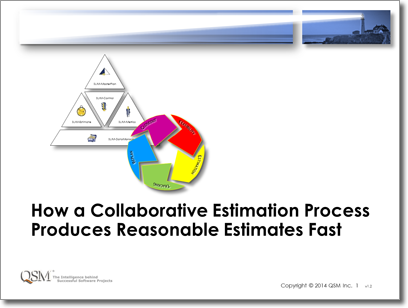Extending SLIM Tools with Extension Menu Items
Extension menu items are one of the best new features in SLIM-Suite 8.2. You don’t have to be a programmer (or even pretend to be one online) to create customizable menu items that perform tasks like these right from the menu of any SLIM-Suite application:
- Call external applications like Excel, Word, or PowerPoint
- Run SLIM-Suite utilities or APIs
- Open external references or process guides
- Launch the Windows Snipping Tool to capture screen settings or data and email them to your team.
Once you get the hang of it, creating your own custom menu items is easy: if you can unzip files and use Notepad, trust me – you can do this!
The Extension Menu Item feature is documented in its own chapter in each SLIM-Suite user guide, but if you’re like me you could probably use a few real life examples and some sample configuration settings to jump start the process. In a fairly short period of time, I was easily able to create the following menu items in SLIM-DataManager:
- IMPORT PROJECT FROM SPREADSHEET
- EXPORT DATABASE TO SPREADSHEET
- RUN DATAMANAGER API
- Bring up the API documentation
- Bring up an internal data validation guide
- Launch Excel, Word, PowerPoint and OneNote
- Launch the Windows Snipping tool.
The menu items I created fell into several categories: launching an external application, launching a SLIM-Suite utility/API, pointing to an external process guide, launching a Windows utility. I’ll cover each one, providing sample configuration text for each.
CREATING THE .INI FILE


 So, just why do we want to measure software productivity (without using the root word “productive” in the answer)? I believe that it comes down to the desire to numerically evaluate an inherently complex process so that quantitative comparisons can be made to provide a basis for decision making:
So, just why do we want to measure software productivity (without using the root word “productive” in the answer)? I believe that it comes down to the desire to numerically evaluate an inherently complex process so that quantitative comparisons can be made to provide a basis for decision making: Dear Carol:
Dear Carol: